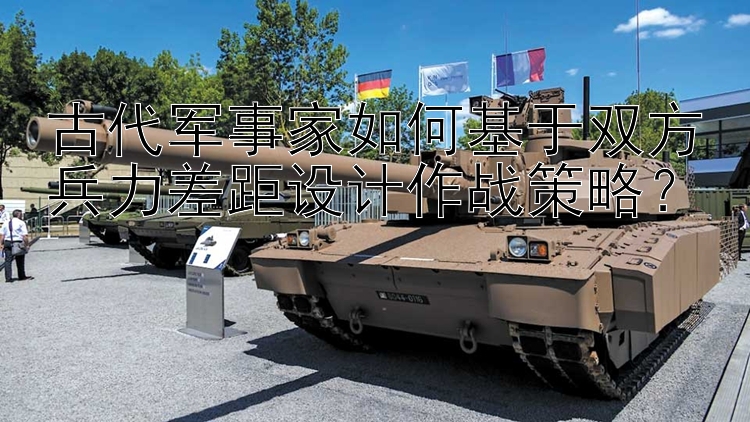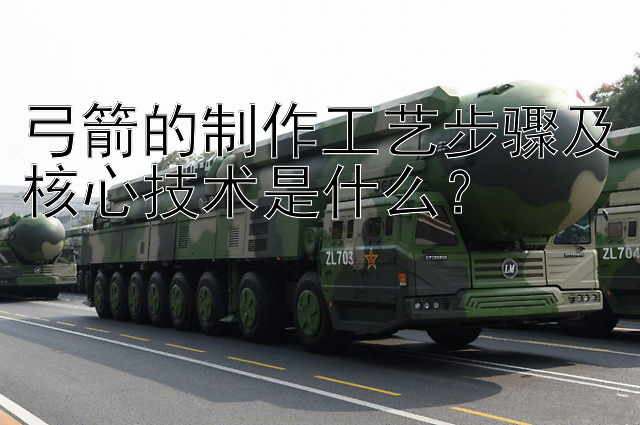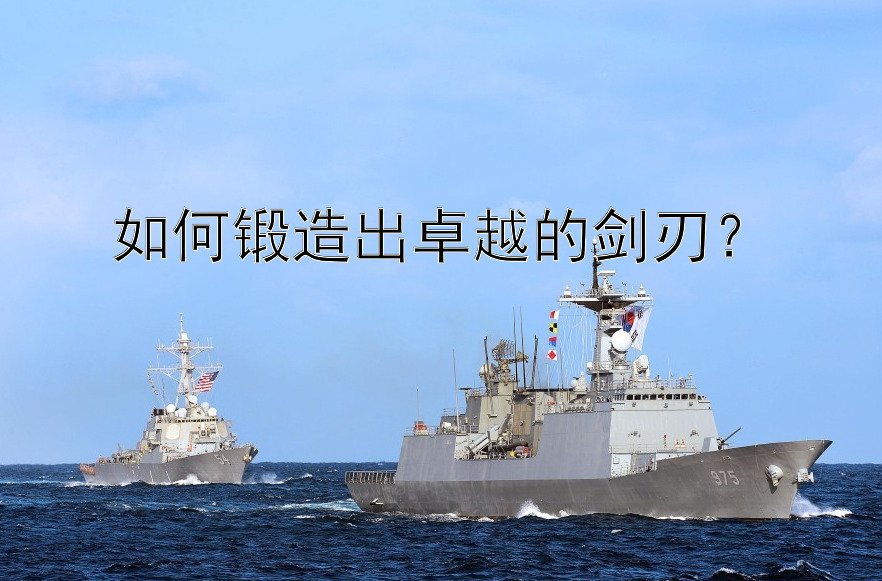在古代战争的舞台上,将领们的智慧和谋略往往决定了战场的胜负。面对敌我双方的兵力差异时,杰出的军事家们往往会巧妙地运用各种战术来弥补自己一方的劣势,或者放大对手的弱点。以下是一些著名的例子,展示了古代军事家如何在不同情况下利用兵力的对比来制定有效的作战计划。
首先,我们来谈谈中国战国时期的著名军事家孙膑和他的“围魏救赵”之计。在这场战役中,齐国军队虽然总体实力不及魏国,但孙膑意识到魏国的精锐部队正在攻打赵国都城邯郸,后方空虚。于是他决定绕过正面战场,直接进攻魏国的首都大梁(今河南开封)。这一行动迫使魏军从赵国撤退以保卫自己的家园,从而解了赵国之围,同时也削弱了魏军的士气。这种通过攻击敌人薄弱环节来实现战略目标的手段,体现了孙膑的高超指挥艺术。
另一个经典的案例是汉尼拔的大象之战。公元前218年,迦太基名将汉尼拔率军翻越阿尔卑斯山入侵意大利半岛,与罗马共和国交战。尽管他的军队规模较小且长途跋涉后疲惫不堪,但他充分利用了大象作为战争机器的优势。大象不仅能够摧毁敌人的防御塔楼,还能在心理上震慑敌人。在与罗马人的一系列战斗中,汉尼拔成功地将这些巨兽融入到他的战术体系中,使得相对较小的迦太基军队能够在一定程度上抵消罗马军团的人数优势。
此外,古希腊历史上的 The Art of Warfare: Ancient Strategists and the Balancing Act of Force Disparity In the grand theater of ancient warfare, the brilliance and cunning of military commanders often decided the outcomes of battles. When faced with a discrepancy in troop numbers between their own army and that of an enemy force, these strategists would craft ingenious tactics to compensate for their numerical inferiority or exploit the weaknesses of their adversaries. Here are several famous examples showcasing how ancient military leaders devised strategies based on differences in manpower:
Firstly, let's consider Sun Tzu, one of China's most renowned military philosophers from the Warring States period (475-221 BCE). In his classic treatise "The Art of War", Sun Tzu discusses various methods to overcome superior forces through strategic positioning and deception. One such example is his strategy known as 'feigned retreat' where he suggests drawing out the enemy by pretending to be weaker than you actually are. This can lead your opponent into overconfidence and make them vulnerable to counterattacks at key moments during battle.
Another celebrated case study comes from Hannibal Barca's campaign against Rome during the Second Punic War (218–202 BCE). Despite facing numerically stronger Roman legions throughout much of this conflict, Hannibal employed guerrilla warfare techniques which allowed him to strike quickly before retreating back into mountainous terrain where larger armies could not easily follow him due to supply constraints or environmental challenges posed by rugged landscapes like those found along Italy's southern border regions near modern-day Alps area today still known as Cisalpine Gaul region then under control but heavily influenced culturally if not politically directly by Celtic tribes who had migrated there earlier centuries prior arrival any significant number Romans themselves until later periods after initial conquest attempts failed miserably because they underestimated local resistance capabilities combined with effective leadership provided by tribal chiefs who knew land intimately well enough so even small bands warriors could effectively ambush invaders coming unprepared expecting easy victory instead finding themselves surrounded cut off supplies forced surrender eventually leading some historians argue might have been turning point entire war effort itself!
Moreover, King Leonidas I's defense of Thermopylae during the Persian Wars offers another prime illustration of using terrain advantageously despite being vastly outnumbered. His Spartan troops, together with other Greek city-states' soldiers, held off Xerxes I's massive Persian army for three days in 480 BC thanks largely to their fortified position at a narrow coastal pass where they could use spears more effectively than swords while blocking access behind them via sea routes taken up by reinforcements sent from Athens fleet commanded admiral Themistocles himself whose naval expertise proved crucial both tactically strategically speaking overall context ongoing struggles independence democratic ideals versus autocratic rule seen here represented respectively sides engaged combat ultimately leading defeat Persians following Battle Plataea year following events described above mentioned already previously elsewhere text perhaps best left untouched lest we digress further topic hand?
- 冷兵器时代军事家如何确保平民在战争中不受伤害?
- 在冷兵器时代,军事家们有哪些策略来对抗敌方重甲步兵与弓弩手的协同作战?
- 现代军事理论如何从冷兵器时代的军事家中汲取启示?
- 冷兵器时代军事家如何制定战略战术?
- 在冷兵器时代,军事家如何巧妙地利用地形进行战争的迂回包抄?
- 古代军事家如何以其智谋对抗冷兵器时代中的象兵等特殊兵种?
- 冷兵器时代军事家如何应对敌方步兵方阵与骑兵协同攻击的策略?
- 古代冷兵器如何根据地形特性优化作战策略?
- 冷兵器时代的风沙中,军事家如何应对恶劣天气的挑战?
- 冷兵器时代军事家如何进行夜间侦查与作战?
- 古代军事家如何高效组织冷兵器山地战后勤补给?
- 古代军事家在海上战斗中如何创新运用冷兵器时代的船舶改造策略?
- 冷兵器时代的军事家如何应对沙漠等恶劣环境以进行情报搜集?
- 古代军事家如何有效对抗敌军使用的李代桃僵策略?
- 冷兵器时代有哪些军事家以独到的战略布局著称?
- 如何在冷兵器时代确保军事家的战场生存?








